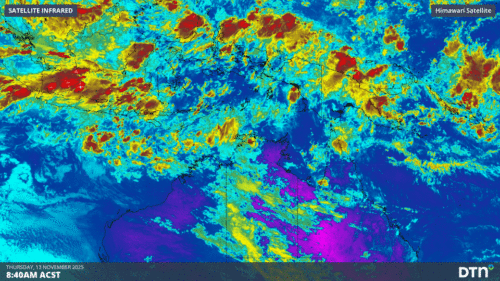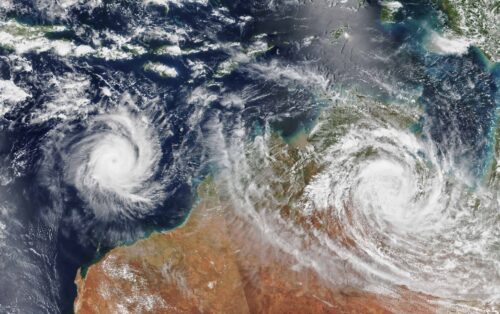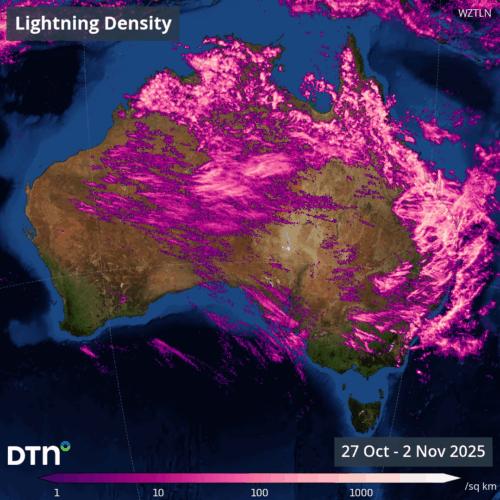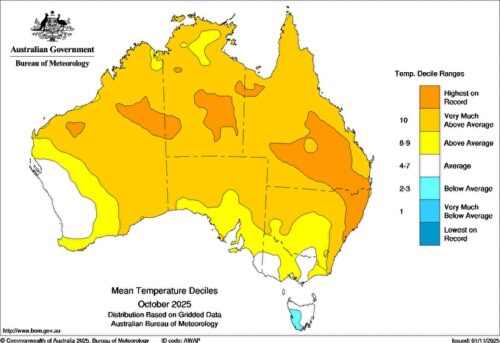How much has sea level risen due to climate change?
Today marks the autumnal equinox in the Southern Hemisphere, meaning nights will become longer than days in Australia for the next six months.
This year’s autumnal equinox occurred at 8:25am AEDT on Tuesday, March 21, marking the moment the sun was positioned directly above Earth’s equator. From the perspective of Earth, the sun will now appear to move over the Northern Hemisphere, where it will remain until the next equinox on September 23 this year.
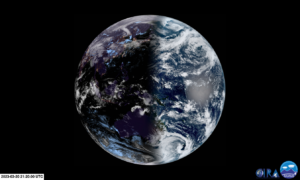
Image: Sunrise at the time of the March equinox in 2023, showing the solar terminator running perpendicular to the equator, due to the sun being positioned directly above the equator. Source: RAMMB/CIRA
Most places on Earth experience almost exactly equal amounts of day and night around the date of the equinox. And while Australia’s meteorological autumn started at the beginning of March, the date of the equinox marks the start of the astronomical autumn.
The Southern Hemisphere will remain tilted away from the sun for around six months following today’s equinox, causing nights to be longer than days in Australia. This gradual decrease in sunlight will also allow temperatures to drop across Australia as we head towards winter.
The shortest day and longest night of 2023 will occur in around three months’ time, on the date of the winter solstice on June 21 or 22, depending on your location.


